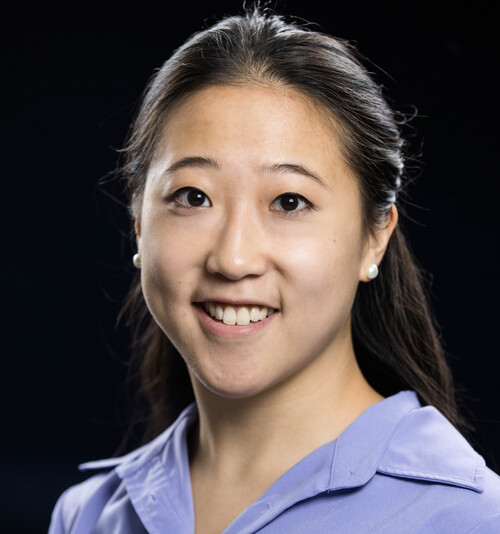Christie Chiu

High-temperature superconductors are materials that can conduct electricity with zero resistance. If electrical wires were capable of superconduction, computers wouldn’t heat up and phone batteries could last a week instead of mere hours. But, despite their name, there’s nothing “high-temperature” about these materials by human standards. Their superconducting abilities only occur at temperatures around minus 225oF. “But, if we could have a material at room temperature that is superconducting, that would be amazing,” says Christie Chiu, a PhD candidate in physics.
According to Chiu, standing in the way of the development of room-temperature superconductors is the need to understand the physics behind these materials. “We don’t have a good microscopic model for what causes this high-temperature superconducting behavior,” Chiu explains. “That’s the question we’re trying to solve.”
Chiu could explore these questions by looking at the materials directly, but instead she’s engineering a computer to simulate them. This isn’t, however, a computer in the traditional sense. This is a special-purpose quantum computer designed to answer questions of quantum mechanics, mainly how atoms and electrons are behaving in superconducting materials.
Quantum mechanics is concerned with the physics of atoms and subatomic particles like electrons. “In any material, you have a crystal of atoms with electrons moving around,” says Chiu. According to Chiu, it’s the movement of these electrons that determines the electrical properties of a material, such as how much resistance it has. To understand the behavior of electrons in superconducting materials, Chiu has created a computer of lasers and atoms. “In our system, we have a crystal created from laser light, and within that we have atoms that move around.” The movement of the atoms in the computer is a direct simulation of the way electrons move within in a high-temperature superconductor.
“The fundamental question we’re asking is: what are the electrons doing inside of these materials?” explains Chiu. Chiu’s computer of light and atoms will help answer this crucial question, and the answers will eventually lead to one very big question. “Can the scientific community then take advantage of this knowledge to engineer a material that is superconducting at room temperature?” asks Chiu.

